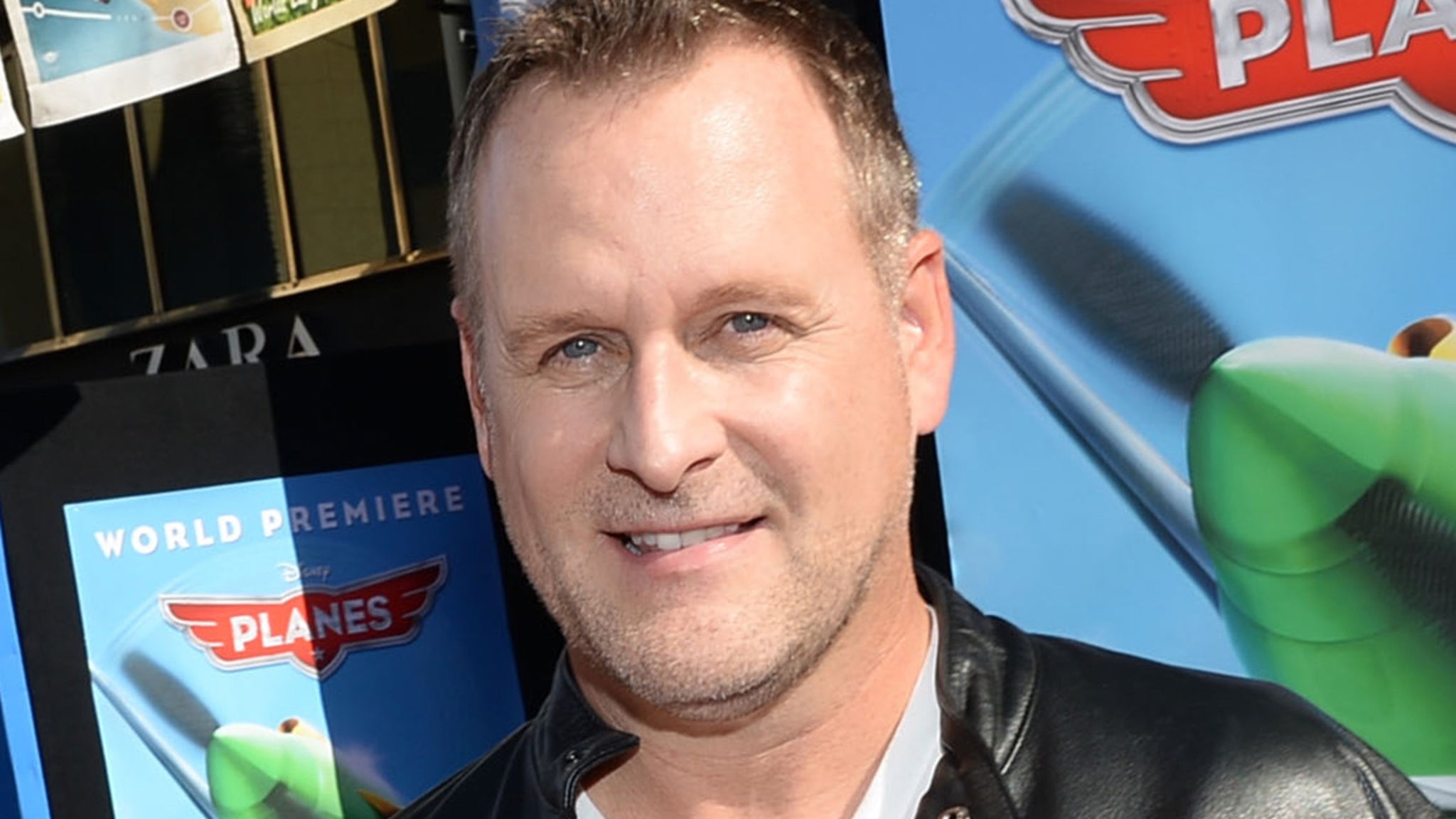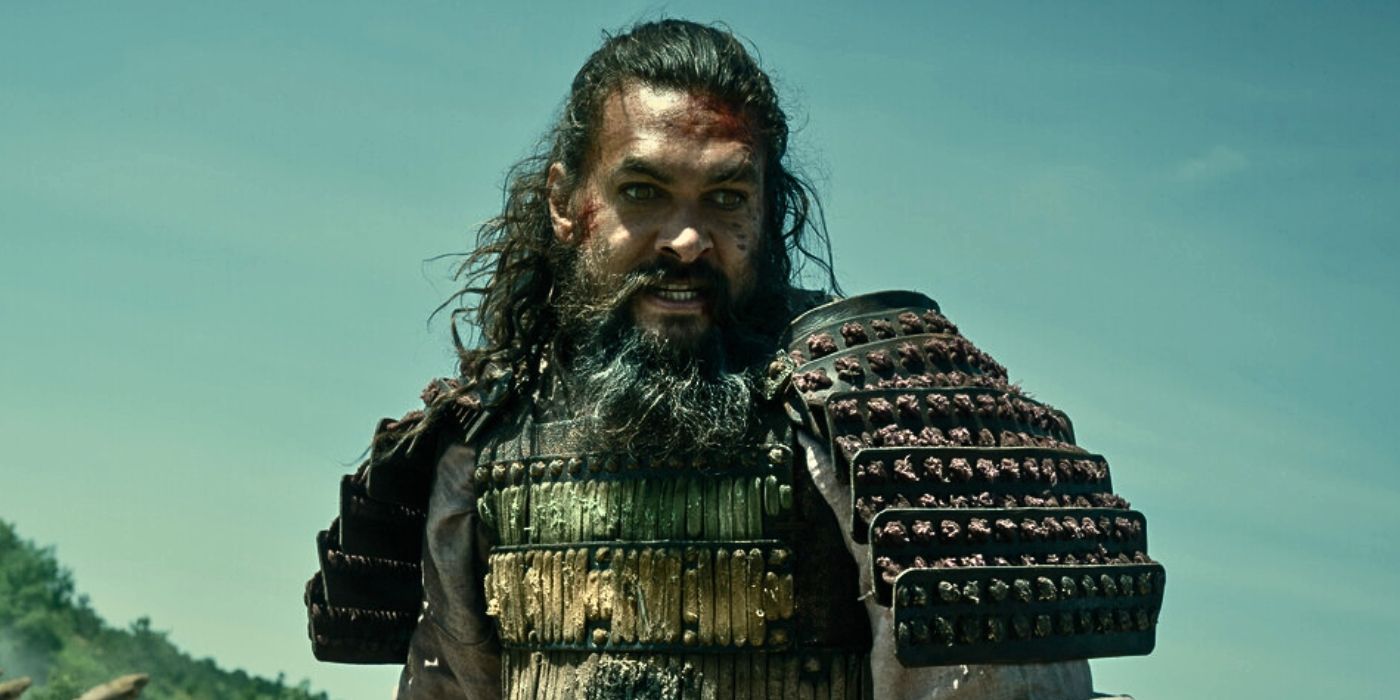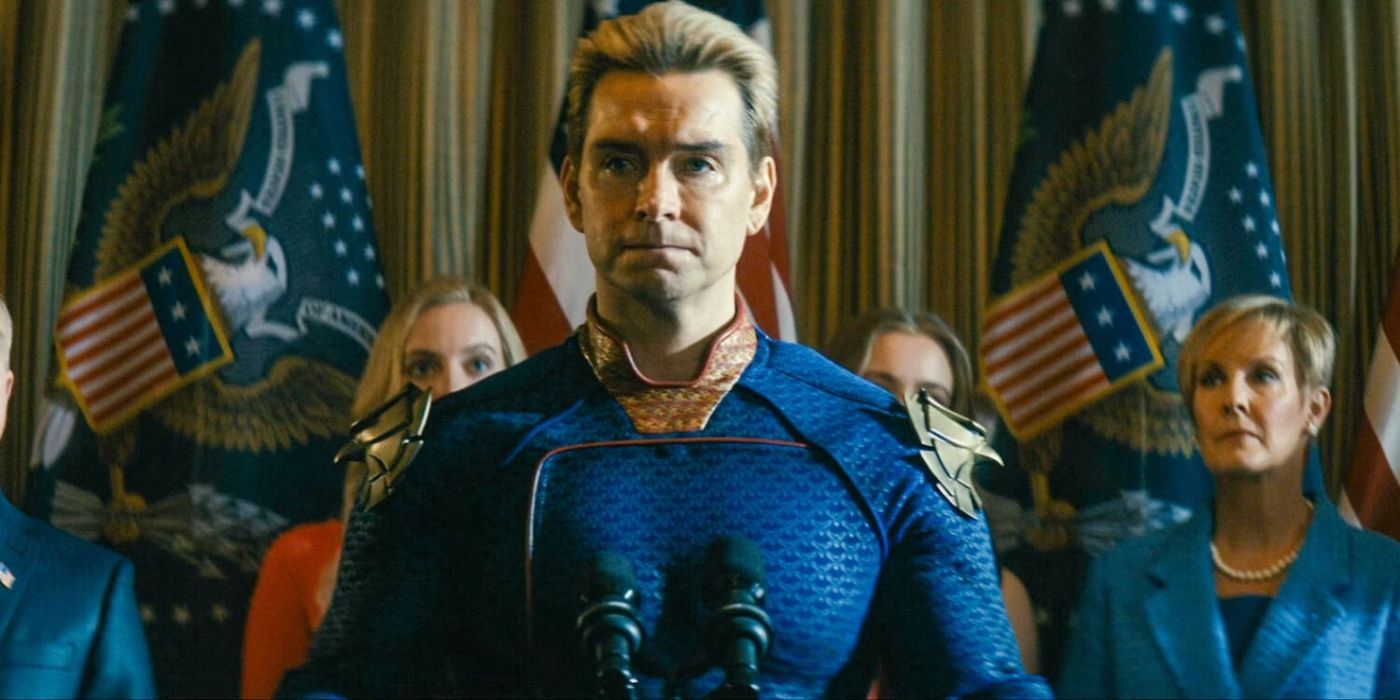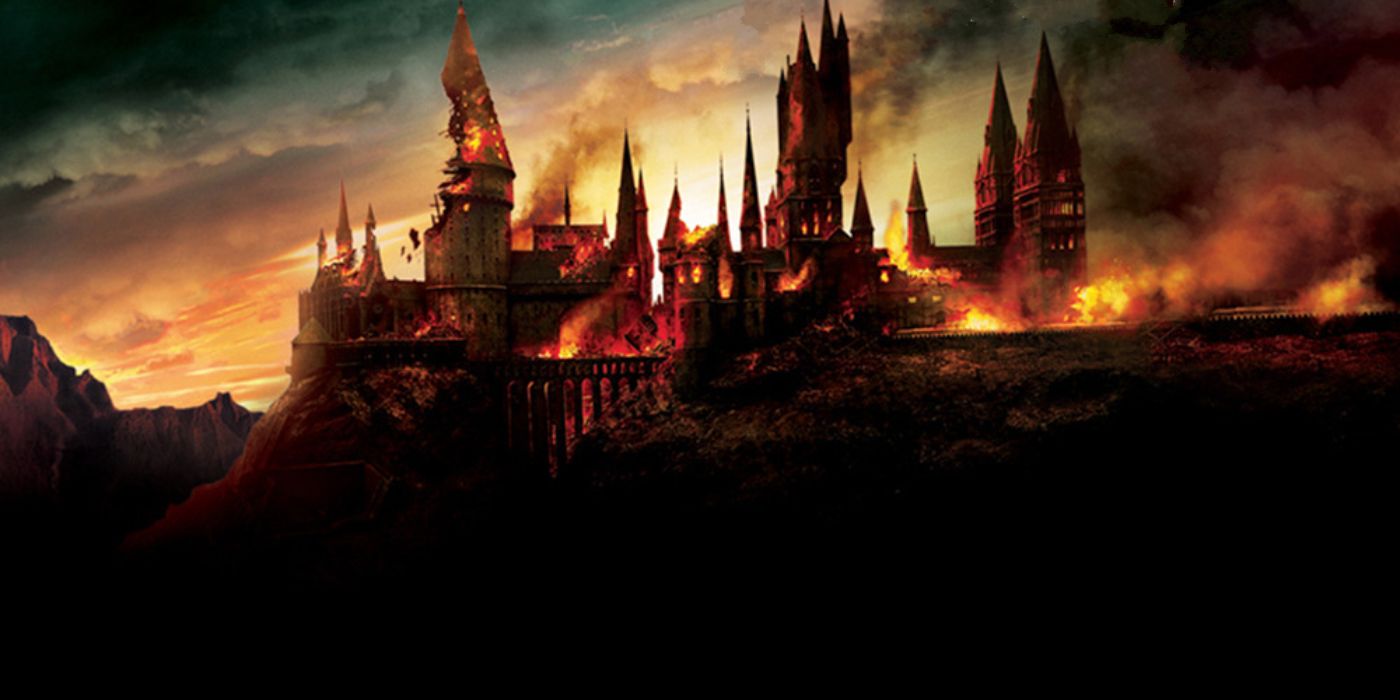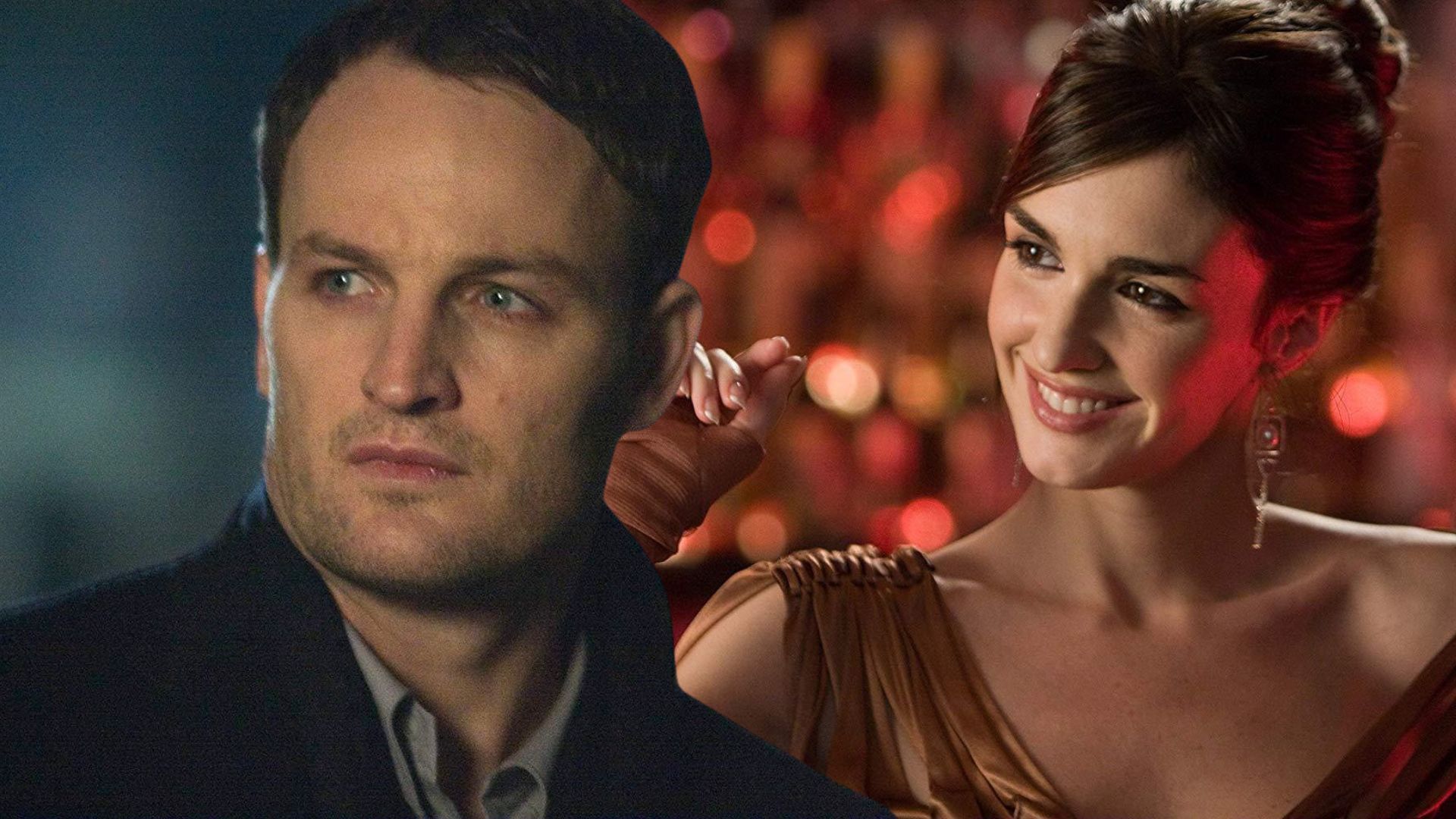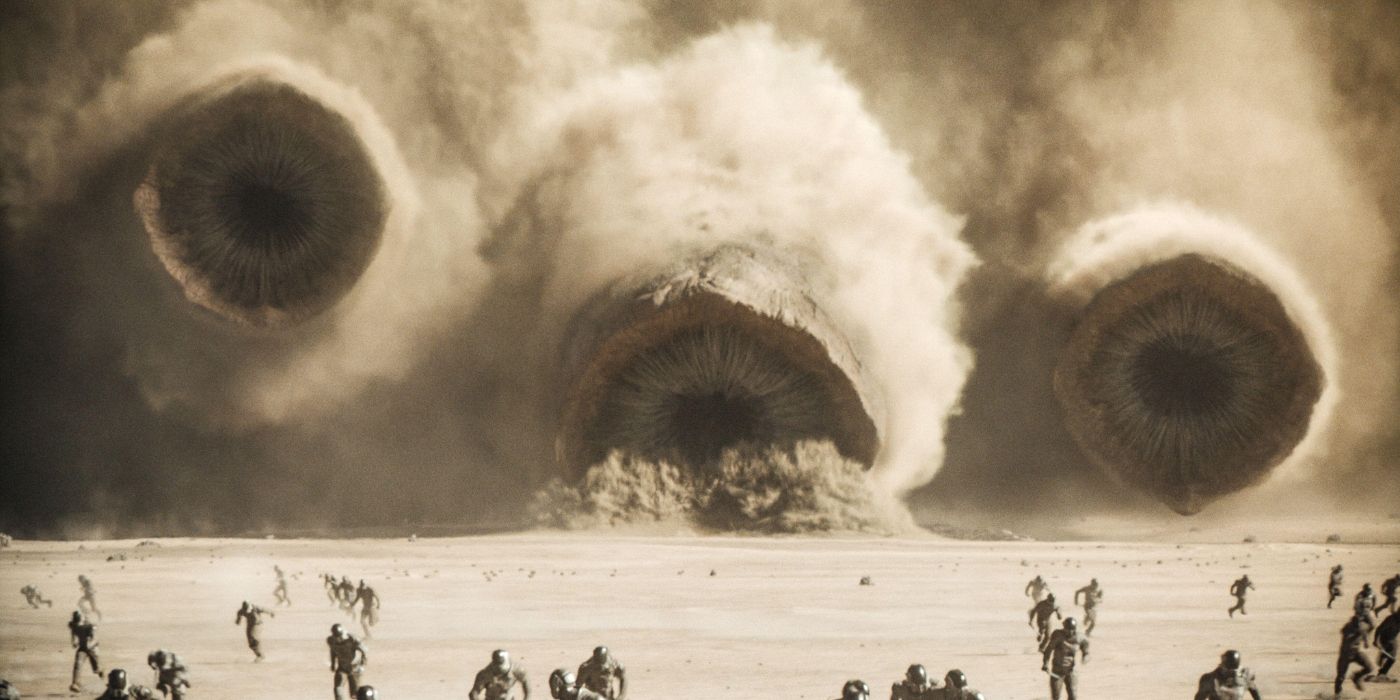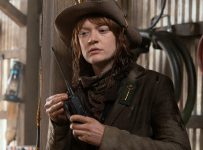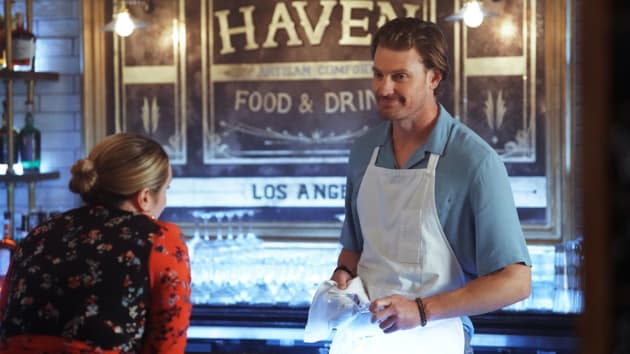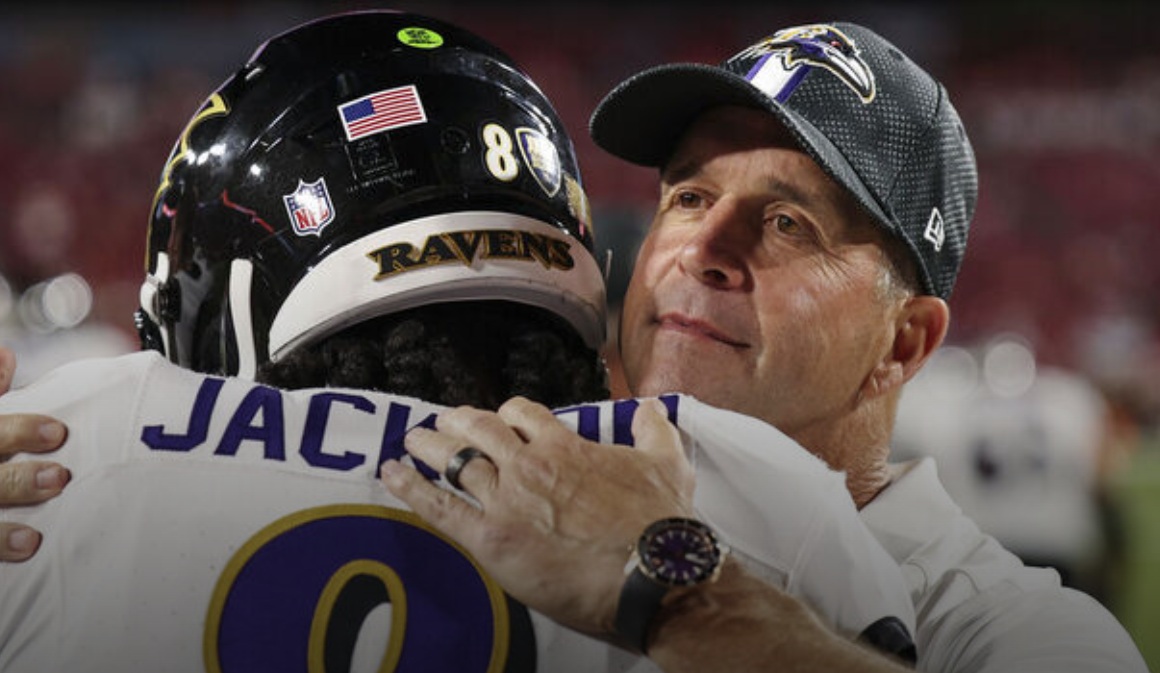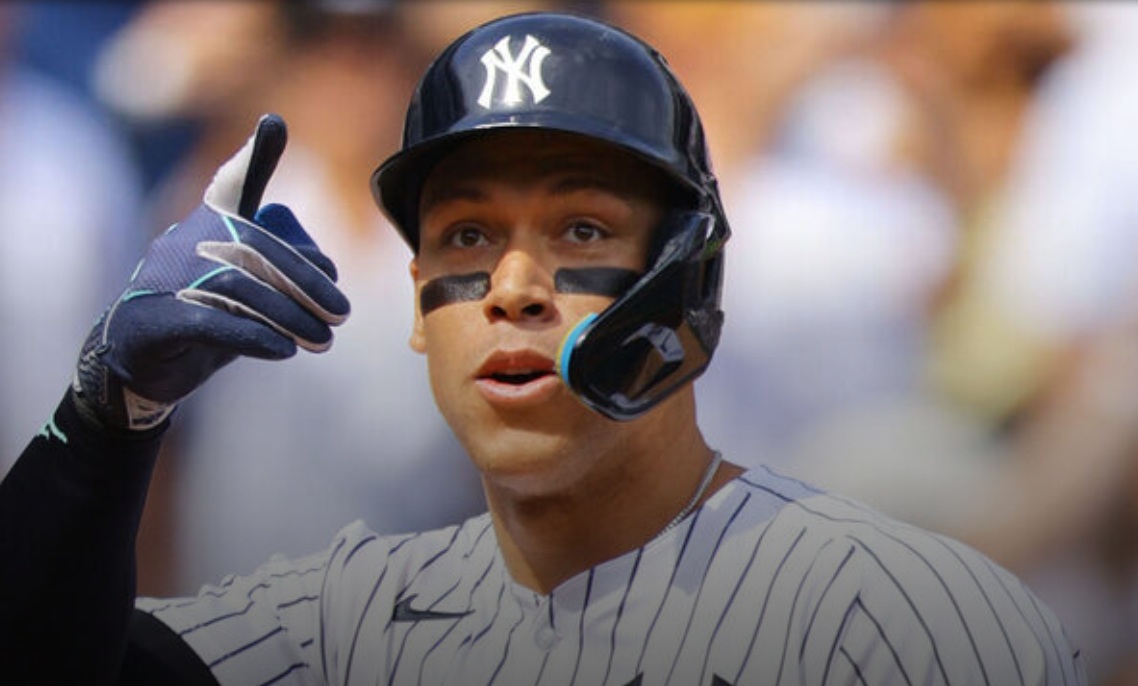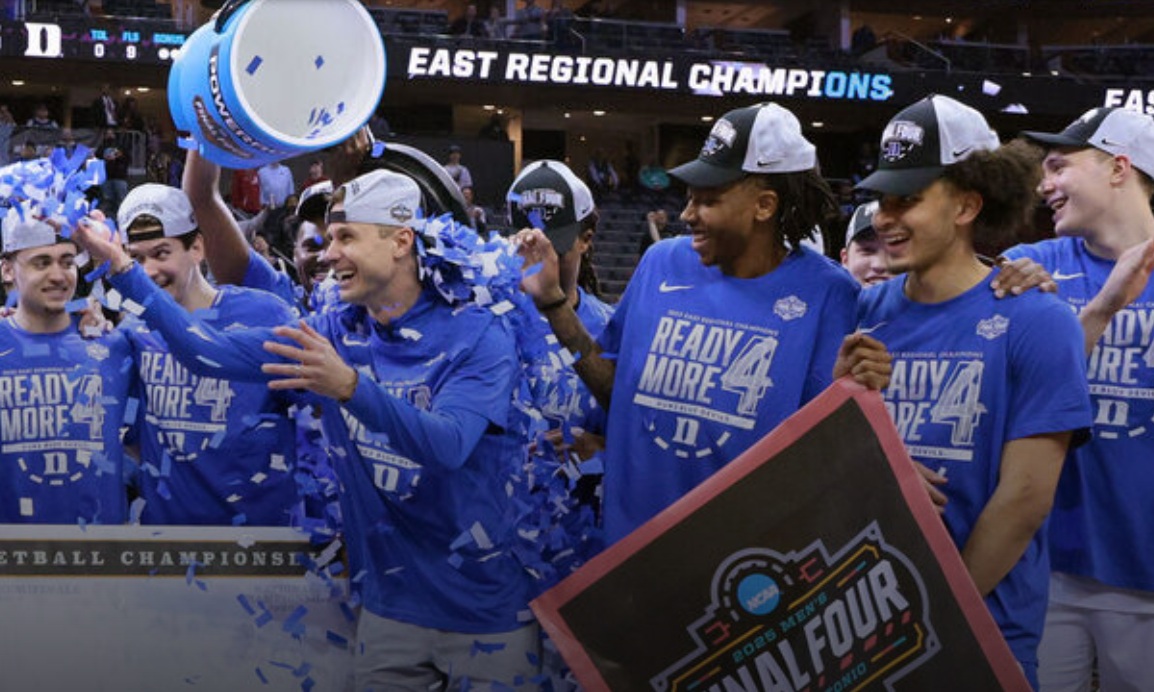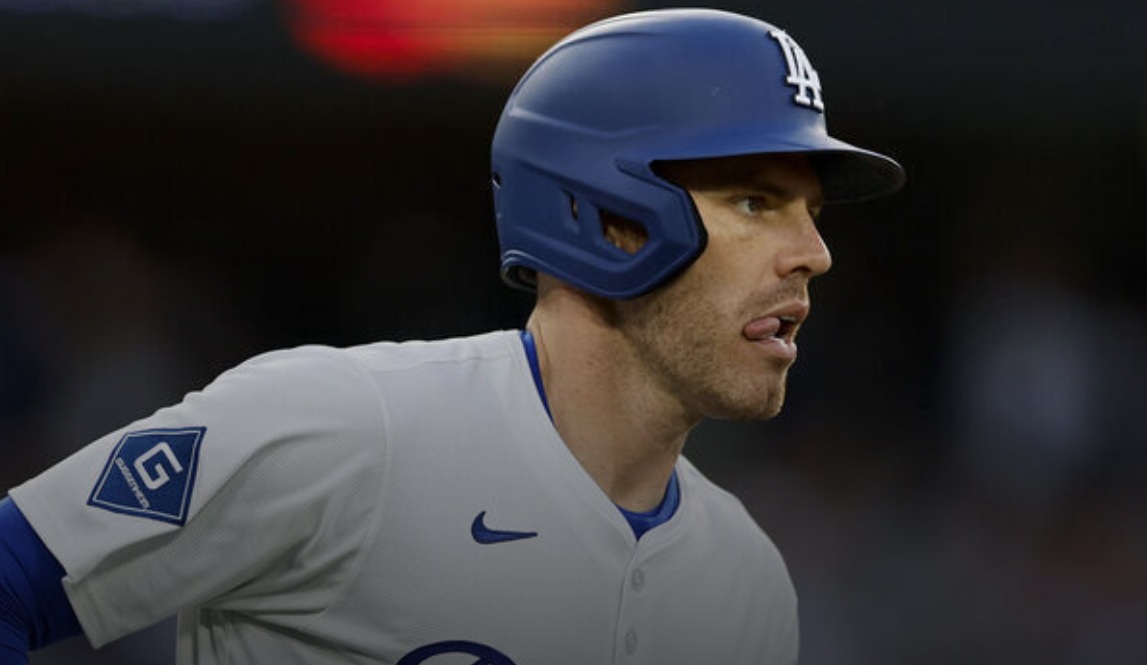Following Dune Part Two’s massive success, it was no surprise that Warner Bros. Discovery and Legendary would want to expand on the mythos with a television series. Dune: Prophecy recently premiered its first episode on HBO, providing insight into the world of Dune thousands of years before the birth of Paul Atreides. With a focus on the Sisterhood of the Bene Gesserit, Dune: Prophecy is more concerned with the origins of the manipulative and powerful Harkonnen family, showcasing how the quarrels of the royal houses in the past would help shape the world that would lead to the events of Denis Villeneuve’s films.
Despite the series’ disconnect from the feature films, there is still overlap since they occur in the same shared Dune universe. Both thematically and visually, Dune: Prophecy matches the style and aesthetic of the two films Villeneuve created, especially in its production design. Look no further than the sandworm scene featured at the end of the first episode. As it turns out, the acclaimed director gave his blessing to include this sandworm design. In an interview with The Hollywood Reporter, Dune: Prophecy showrunner Alison Schapker revealed the creative overlap while also explaining the intention of the series to separate itself from the films on a story level:
“When we go to Arrakis, the sandworms have a similar design, so Denis was kind enough to bless that overlap, but we also wanted to go to our own corners of the
Dune
universe, and that’s why we explicitly did not set the majority of our action on Arrakis.”
‘Dune Prophecy’ Wants to Set Itself Apart With a Tragic Story of Its Own
Instead of having the series take place on Arrakis and explore territory that viewers have become accustomed to throughout the two films, Dune: Prophecy shifts the story to an entirely new setting and a set of power dynamics with various characters. In that same interview with THR, Schapker elaborated on the unique story that Prophecy aims to tell about this sect of characters and their role in the larger world originally created by Frank Herbert:
“I’ve never met anyone who didn’t want to know more about the Bene Gesserit, myself included. So we’re exploring it through the lens of these Harkonnen characters, who, 10,000 years in the future, are nothing but monstrous villains. So where did that family come from, and what’s their story? In this case, it’s a tragic story.”
Related ‘Dune: Prophecy’ Episode 2 Recap: Two Wolves Fight for Power
A much better episode than the first, Dune: Prophecy sets up a duel for power between Desmond Hart and Valya.
However, despite the planets and characters being completely different from the Dune films, there are still similarities that fans of the franchise will notice when watching the series. Besides the sandworm at the end of the first episode, there is also the defense shield technology featured in sparring scenes, as well as the voice used by the Bene Gesserit. While the HBO series aims to tell its own tragic story set in the past, fans can at least count on visual consistency with the movies, which is incredibly impressive, especially since Dune: Prophecy is working on a TV budget. Hopefully, there will be more visual overlaps to help further immerse viewers in the world of Dune.
Set in the universe of Frank Herbert’s Dune series, this sci-fi epic follows the political and spiritual struggles on the desert planet of Arrakis. As factions vie for control of the prized spice melange, a prophesied hero emerges, challenging the balance of power and the fate of the galaxy.
Release Date November 17, 2024
Main Genre Sci-Fi
Cast Emily Watson , Olivia Williams , Jodhi May , Travis Fimmel , Mark Strong , Jade Anouka , Chris Mason , Sarah-Sofie Boussnina , Shalom Brune-Franklin , Faoileann Cunningham , Aoife Hinds , Chloe Lea , Josh Heuston , Edward Davis , Tabu , Yerin Ha
Expand
You can view the original article HERE.





